Property price surges confirm gender wealth gap
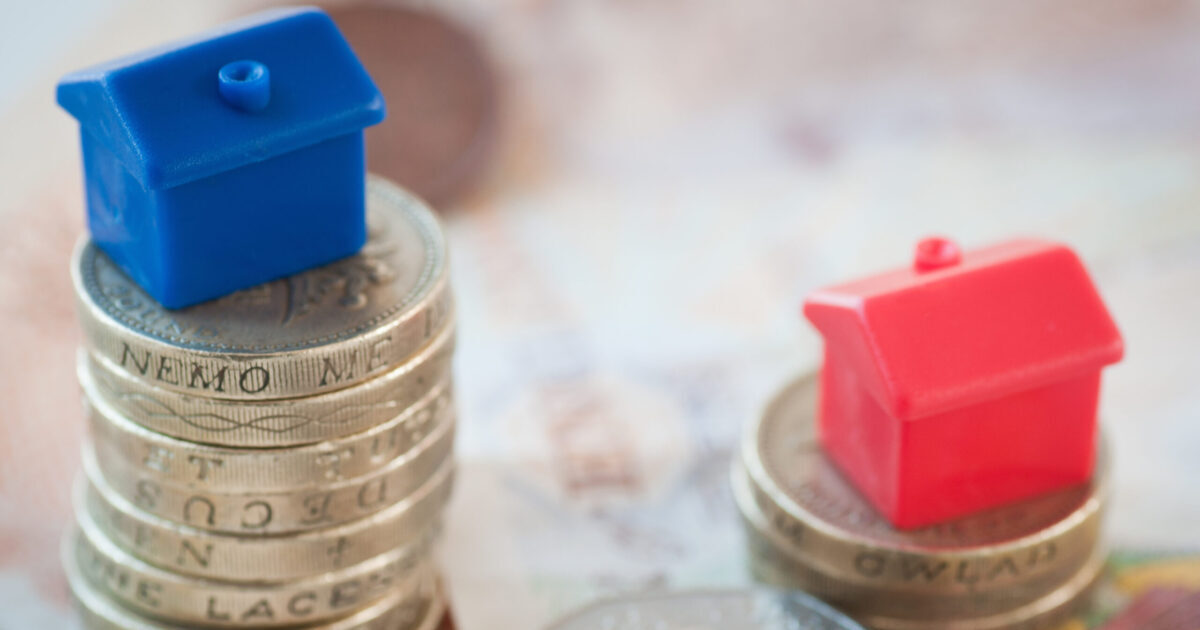
Rising home values due to low interest rates, dwindling supply and high demand has revealed an increase in the gender wealth gap, with women underrepresented in the ownership of houses and investment properties.
CoreLogic’s 2022 Women & Property Report for Australia and New Zealand, released on International Women’s Day, revealed 26.6 per cent of property had female ownership compared to 29.9 per cent male ownership in January 2022, suggesting women are at a disadvantage when it comes to real estate wealth gains.
Milena Malev, General Manager of Financial Services & Insurance Solutions at CoreLogic International, said the surge in property prices has amplified the gender gap in property ownership and wealth gain.
“Given there’s a high level of equity held in real estate, if you don’t own property, that’s a big source of household wealth and security you don’t have access to,” she said.
“Property price growth has also vastly outpaced income growth over this time, with the gender pay gap widening in parallel, too.”
Malev also highlighted some correlation between the gender pay gap, which currently sits at 13.8 per cent as of November 2021 according to the Australian Bureau of Statistics (ABS), and the rate at which men and women save for a home deposit.
“The current discrepancy in incomes between men and women would see men save… around a year faster than women,” she said.
“That means men are not only accumulating greater wealth from a higher proportion of existing property ownership, but they’re also able to get into the market sooner than women and start that wealth accumulation in a growth market.”
The report found that women were more likely to own a unit (35.2 per cent) than men, while men had higher house ownership (28.5 per cent) than women. Investment properties also had the highest rate of disproportion, with men owning 36.4 per cent and women owning 29.1 per cent.
“We don’t know whether this is a reflection of multiple property ownership being more common among men, or if it’s a response to affordability constraints (such a rent-vesting strategy), but this seems to drive most of the gap in residential property ownership,” Eliza Owen, CoreLogic Australia’s Head of Research and report author, said.
However, women also showed a higher rate of home ownership than men in some of Australia’s more expensive markets, including Greater Sydney (31.9%) and the submarkets of the Eastern Suburbs (37.1%), North Sydney and Hornsby (37.0%) and the City and Inner South (36.2%).
“There are higher rates of female ownership in what may be considered ‘blue chip’ markets, while low rates of female ownership tend to be concentrated in lower value and resource-based markets,” Owen said.






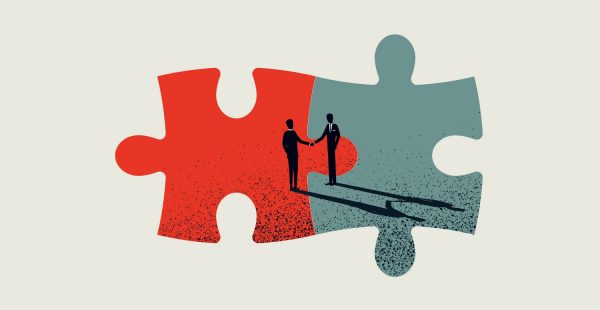
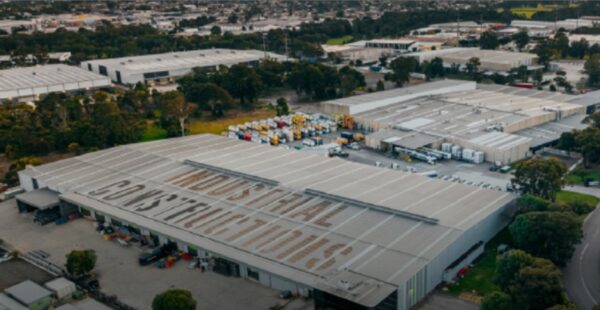
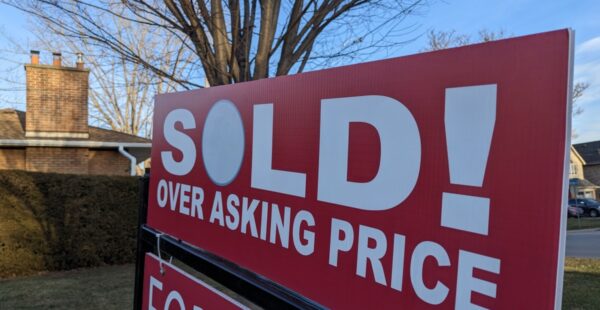
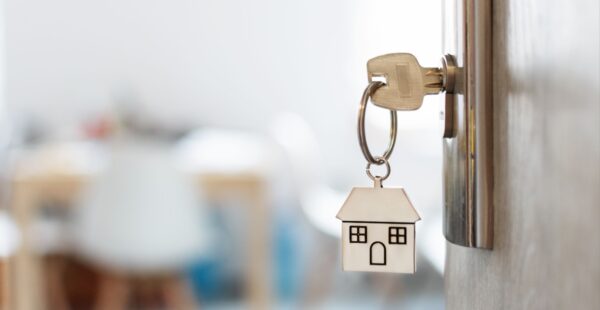

So someone in India who isn't licensed provided personalised financial advice and ASIC's response is to tell them to be…
Seeking Regulatory relief from Regulation. Industry Super Funds want to control $1.6 Trillion $$$ and ever growing with almost zero…
If Kalkine has officially been released and operates under a legitimate license to provide general advice, it raises an important…
Not sure what they're seeking regulatory relief from. In my view is they get tickled with a warm lettuce leaf…
Will they ever be named & shamed, fined and banned for life ??? Unlikely hey ASIC & APRA, especially for…